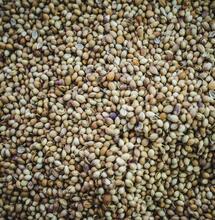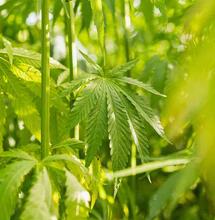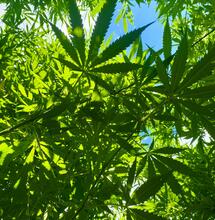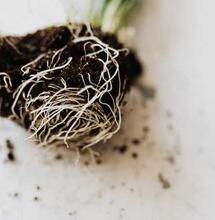What is HLV?
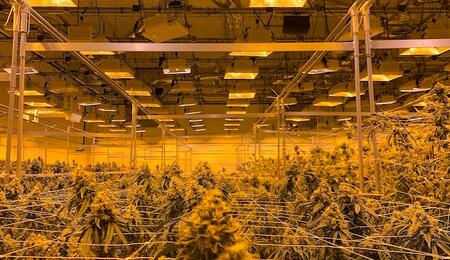
Across North America, Hop Latent Viroid (HLV) is rife in the commercial Grow sector. This infection makes plants sick, destroys harvests and is highly contagious. Estimates suggest that around 40% of legal cannabis in Canada carries HLV and that as much as 90% of Californian legal cannabis might be infected, which is devastating and is costing the industry billions of dollars in lost yields.
Hop Latent Viroid was initially found in hop plants that brew beer, with cannabis being a close plant relative of hops. It has unfortunately been easy, in recent years, for HLV to make the jump from Hops to cannabis.
Infected plants show various symptoms, such as stunted growth, reduced foliage, uneven trichome coverage and decreased cannabinoid production (up to 50% less). HLV is a massive problem for cannabis growers, whose livelihoods depend on the reliability of growing healthy, cannabinoid-rich plants with bountiful harvests.
Cannabis plants can catch HLV when they come into physical contact with other infected plants. It can also be spread via contact with surfaces, tools, or equipment. Contaminated water supplies are also an infection concern, as HLV concentrates in the roots.
Hop latent viroid can also easily spread from mother plants to offspring, whether that is by taking cuttings or through seeds. All offspring may potentially carry HLV if the parent plant is infected. It is, therefore, essential to identify infected plants, even those with no apparent signs of infection. HLV is also a risk when working with tissue culture systems. Due to its contagious nature, HLV has spread widely, causing mass losses, a trend that is likely to continue.
Growers must be savvy and have processes to test and remove infected plants. Learning to identify potentially infected plants is an essential skill, but it’s still easy to miss subtle signs.
The only foolproof way to be sure as to whether plants are infected is via genetic testing. Samples must undergo lab tests to detect the presence of a particular pathogen.
Plants known or thought to be infected with HLV should be immediately removed to prevent the spread of infection, even if they show no visible signs. Any plants nearby should be quarantined or closely monitored.
HLV can survive on equipment or plant material for weeks and, annoyingly, can withstand high heat, UV radiation, and some disinfectants to some extent. For these reasons, hygiene is high on the agenda. It could be the difference between a few infected plants or the possibility of destroying an entire harvest.
More on this topic from Soft Secrets:
